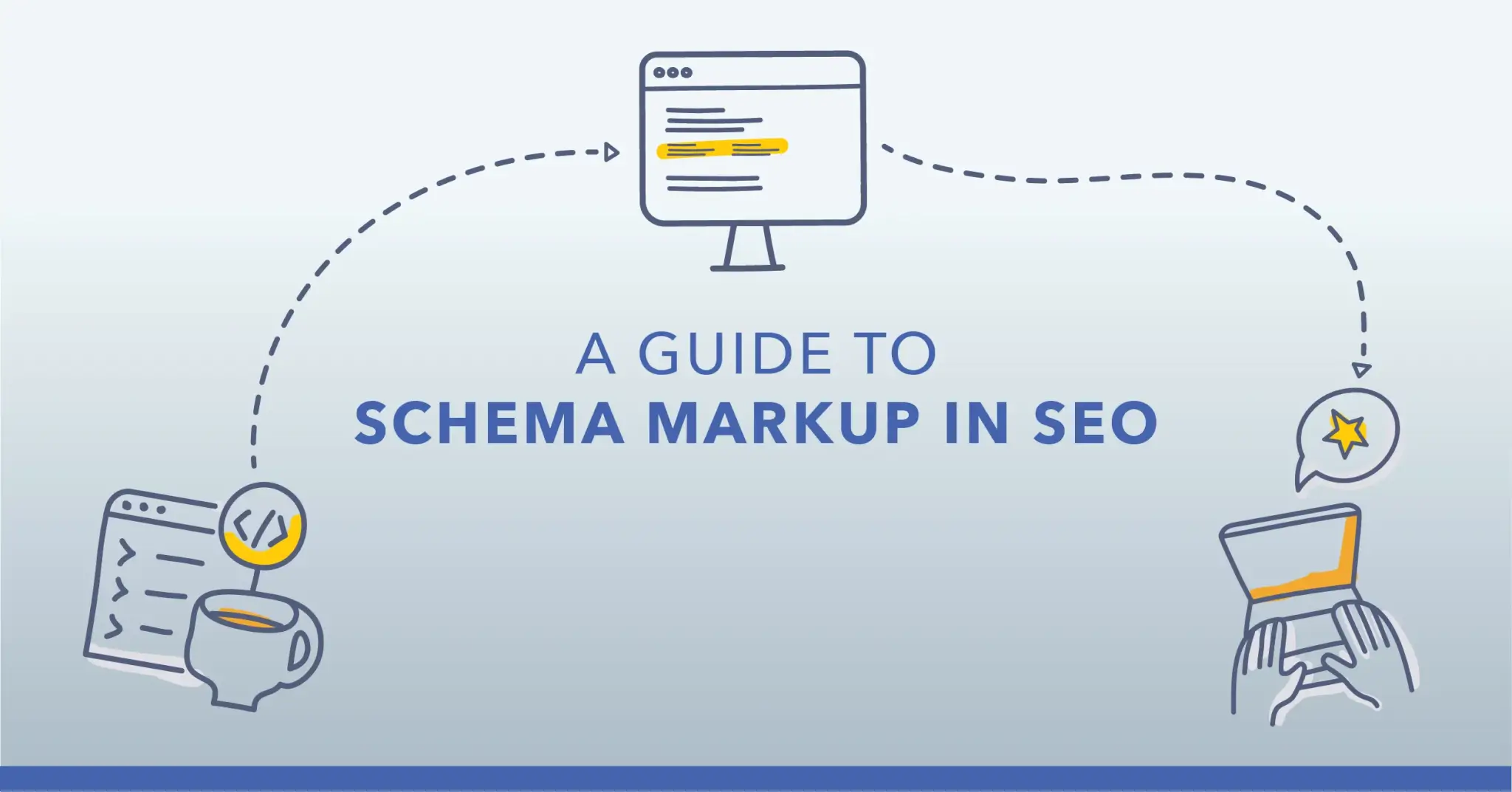If your products aren’t flying off their digital shelves, you might be wondering why and what you can do to change that. With the right e-commerce copywriting, you can draw customers in and tell them exactly why your products are the solution to their problems. Effective, persuasive copy can be the difference between a bestseller and a miss.
What is e-commerce copywriting?
E-commerce copywriting is the copy that you see in online stores, from product descriptions to product titles, every bit of copy on the page is designed to persuade customers to buy your product or service. E-commerce copy should clearly explain the benefits of your products whilst also helping your website to rank higher on search engines.
What are the benefits of good e-commerce copywriting?
Content marketing for small businesses should never be overlooked, it’ll help you make sales and grow a loyal customer base. Great e-commerce copy doesn’t just sell more products, it holds plenty of other benefits for your business too:
- More sales — obviously, this is one of the main benefits, selling more products! Writing great, persuasive copy will absolutely sell more products, so it’s always worth the investment.
- Informs customers — strategic e-commerce copy educates customers about your products, highlighting key points that can solve their problems.
- Improves SEO — to compete with other online stores, you need to rank highly in search results. This way, you’ll get your products in front of customers and boost your site’s authority.
- Defines your brand — to build a memorable brand, you need a strong and consistent brand voice. This can be reflected in your e-commerce copy that will stay with customers long after they checkout their basket.
9 ways to improve your e-commerce copywriting
So, now we know how super important great e-commerce copywriting is – how do you actually write effective product copy? We’ve put together nine top tips that’ll help you bag more sales and make an impact on your customers.
1. Know your audience
Copy that makes an impact with one audience won’t with another. So, to write effective e-commerce copy, you need to know exactly who you’re speaking to. It makes a huge difference – for example, if you’re selling business suits or pet products, your audiences are very different, they have different problems and so entirely different needs.
So, how do you get to know your audience? Customer research is so important to discover exactly what customers are looking for and what problems they are hoping to solve. Customer reviews contain a goldmine of information for e-commerce copywriters – usually, reviews explain what they like most about your product and what problem it solved – bingo!
Creating buyer personas makes it much easier to directly address your audience. Following your research, you can create a persona of who your ideal customer may be. What are their beliefs, passions, motivations, problems and dreams? This valuable information will help direct copy that truly resonates with your audience.
2. Focus on headlines
Your headline is what makes customers want to read your copy and eventually buy your products. Think of your headline as your hook, the first line of your story, what are you going to say to make customers want, no, need to buy your products or services? Try to insert the unique selling point (USP) of your product into the headline. Maybe you’re selling glitter gin, instead of putting the title as simply ‘Gin’, why not get creative and call it ‘Unicorn Tears Gin’ instead? This will make customers want to read your copy to find out more about this magical gin.
3. Set a TOV
Your tone of voice (TOV) is what makes your brand unique, stand out from competitors and connect with your audience. As a result, your TOV needs to relate to your target audience but also to who you are as a brand. Maybe you’re informative, patient and kind. Or, perhaps you’re fun, quirky and honest? Define exactly who your brand is and your TOV before writing any copy on your site at all. This consistent TOV needs to be rolled out across all e-commerce copy, so your audience immediately knows who’s talking, boosting their loyalty and, as a result, your sales.
4. Tell stories
We’ve been telling each other stories around the campfire since the dawn of time and there’s a reason why – stories make us feel connected, relate to one another and feel things. You can make your customers feel closer to you with great brand storytelling. Telling a unique story about your product or service will help customers to visualise how the product will help them and form a deeper connection to what you’re offering.
If you don’t have a unique story about your product, try following this formula:
- The protagonist — your customer is the hero of the story
- The conflict — they are struggling with a problem
- The rising tension — they have been unable to solve it after trying other solutions
- The climax — now there’s a solution (thanks to your amazing product/service)
- The resolution — they live happily ever after
5. Be benefit-driven
Repeat after me: “Benefits over features!” When trying to sell a product, simply going on about the features won’t persuade customers. By sharing the benefits, customers will be able to see why this product is important for them to have and what problems it solves. Use the ‘so what?’ approach. For example:
- This raincoat has waterproof fabric – so what?
- So it’ll keep you dry in wet weather – so what?
- So you can go on long hikes any time of the year, in comfort.
You’ll get a lot more out of your product copy if you’re always asking yourself ‘so what?’
6. Include keywords
For customers to find your products, you need to include keywords. Including keywords in your headings and copy will ensure that your products appear in search results. Do some research beforehand and see what keywords competitors use to help them get on the first page of Google. Handy tools like Google Ads Keyword Planner and Ahrefs can help you come up with a list of keywords to weave naturally into your eCommerce copy.
7. Keep it positive
Whilst we want to clearly demonstrate how our products solve customer problems, we don’t want to linger too much on the negative. Positive framing puts customers at ease and in a buying frame of mind. It also demonstrates a positive approach to solving their problems, which positions your products as reliable. Here are some examples of how you can turn negative copy into something positive:
Negative: Don’t use complex sentences in your copy
Positive: Use simple sentences when writing copy
Negative: Don’t waste money and slow down growth with poor marketing tools
Positive: Use our marketing tools to save money and unlock your business potential
8. Highlight your USP
What makes your product different from all the other products out there? Highlight exactly why customers should purchase your product over your competitor’s products. Maybe you’ve got decades of experience or your glitter gin actually is made from unicorn tears. By having a USP, you instantly stand out from the crowd, it tells customers that you’re the best option. This will also help to direct your copy, identifying the key selling points of your product or service.
9. Get opinions
When writing copy, you can quickly become your own worst enemy. After staring at the same headline for hours, words begin to no longer make sense. Which is why getting a second (or third) opinion is key. You can set up polls within your company, asking people to vote for their favourite headlines. This will help demonstrate what’s working best. You can also A/B test your product pages. Try a couple with different headings and copy. You can then take learnings from whichever performs best, applying this across the rest of your product copy.
Where should you add e-commerce copy?
Now that you’re ready to write some stellar e-commerce copy, you might be wondering where to start. Let’s explore the three main areas that call for top-notch copywriting:
1. Product pages
Your product pages are arguably the most important pages on your e-commerce site. These are the pages where customers can actually purchase your products, meaning your copy needs to be both informative and persuasive. These pages give you an opportunity to tell customers why they need your product, what problems it solves and its USP. Don’t make the mistake of simply listing features in bullet points. Instead, tell your product story and share the benefits. Try reading customer reviews to help inspire your copy. Also, don’t forget the product title! This is what customers will read first, so make it both informative and compelling.
2. Category pages
The category pages are where your products live and often have space for a paragraph or two at the top or bottom of your page. These pages are a great opportunity to add some keywords and links to other pages but also to tell customers why they’re in the right place. You can share some more information about your brand, what makes you special and what products you sell. This is beneficial for SEO and appearing in search results but also for connecting more with your customers.
3. About pages
Who are you and why should I care about your products? This is the question that you should be answering with your ‘About’ page. What makes you stand out from competitors? Why can you solve customer problems? Your About page is a chance for customers to emotionally connect with your brand and picture the lifestyle they can achieve with your products. Your About page is where loyal customers are formed – what’s in your story that makes you special?
Being able to write fantastic e-commerce copy is a priceless skill that will transform the sales of your business. Take the time to understand your audience and learn how to connect with them. You’ll be rewarded with copy that practically sells itself! Need some advice or content writing services? At Distinctly, our expert team will help you craft compelling copy that makes sales.







































